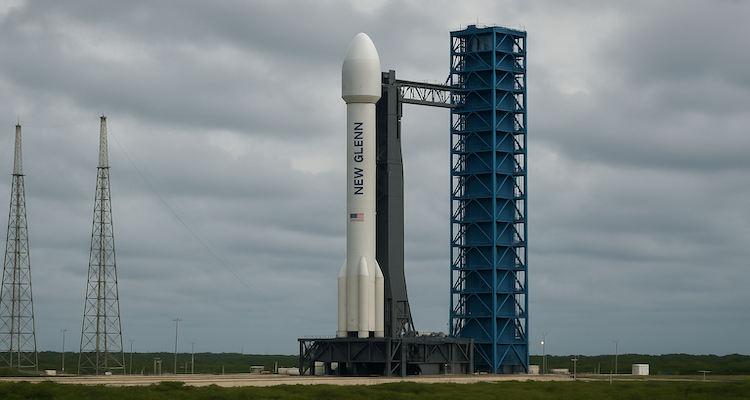Microplastics in the Rain: A Storm of Invisible Pollution
Microplastics are now falling with the rain, spreading invisible pollution across cities, farmlands, and remote wilderness. Here’s what it means for our future.
Introduction
On a rainy day, many see renewal—streets washed clean, plants revived, and reservoirs replenished. But recent research has revealed a disturbing truth: rain itself is now a carrier of pollution. Hidden within every droplet are microscopic fragments of plastic known as microplastics, creating a storm of invisible pollution that reaches cities, mountains, and even the most remote parts of the Earth.
Context & Background
Microplastics, defined as plastic particles less than 5 millimeters in size, were once thought to be confined to oceans and landfills. They originate from everyday items such as synthetic clothing fibers, degraded packaging, and tire crumbs worn off from road traffic. Over time, these particles break down but never fully disappear. Until recently, researchers focused primarily on their impact in water bodies. However, studies now confirm that these plastics are airborne, traveling vast distances through winds and eventually falling back to Earth inside rainfall.
This finding shifts the narrative—plastic pollution is not just an oceanic or landfill crisis; it is an atmospheric one. A 2023 study in the United States, for instance, discovered microplastic particles in nearly every rain sample collected across urban and rural regions. Similar reports from Europe, China, and even the Arctic underline the widespread nature of the phenomenon.
Main Developments
The mechanics behind this invisible pollution are startling. Microplastics are lifted into the air through wind erosion, traffic activity, and industrial processes. Once airborne, they mix with clouds and water vapor. When precipitation occurs, these particles hitch a ride with raindrops, snowflakes, or fog droplets.
-
Scientists have measured thousands of plastic particles per liter of rainfall in some regions.
-
Remote wildernesses, including the Rocky Mountains and the French Pyrenees, were found to contain plastics delivered solely by atmospheric deposition.
-
In urban areas, rain is now seen as a “plastic delivery vehicle,” depositing pollution back onto city surfaces, waterways, and soils.
Expert Insight and Public Reaction
Environmental scientists warn that microplastics in rain represent a new dimension of exposure for both ecosystems and human health.
Dr. Anjana Sharma, an environmental toxicologist, explains: “Unlike plastics we can see and manage, microplastics in rainfall are invisible and unavoidable. They settle directly on crops, water supplies, and even into the air we breathe after evaporation.”
Public sentiment is alarmed but varied. Many city residents already skeptical of air and water quality view this as another reminder of unchecked environmental degradation. Farmers, in particular, face rising concerns: the particles fall on agricultural land, potentially entering food chains through soil and crops.
Impact & Implications
The implications are significant and far-reaching:
-
Human health risks: Researchers suspect microplastics can carry harmful chemicals and pathogens. Inhalation or ingestion could lead to respiratory and digestive issues, although long-term studies are still underway.
-
Agricultural soils: Continuous deposition of microplastics may alter soil structure and fertility, affecting crop productivity.
-
Water supplies: Rainfall is a natural replenisher of groundwater, but if water is contaminated at the source, microplastics may infiltrate drinking water systems.
-
Climate connection: Some studies suggest airborne particles, including microplastics, can influence cloud formation and rainfall patterns, raising questions about long-term climate impacts.
Governments and research bodies worldwide are now urging stricter monitoring of air pollution sources, especially from plastics. Mitigation may require new regulations targeting plastic use, better urban waste management, and advanced filtration technologies.
Conclusion
The gentle sound of rainfall once symbolized purity, but science now reveals it may carry the fingerprints of our unsustainable plastic use. As microplastics infiltrate the skies and return with every storm, the challenge is no longer limited to oceans or rivers—it is falling from above on every community. Whether through stronger policies, greener innovations, or individual responsibility, addressing plastic pollution in all its forms is no longer optional but essential to safeguard health and ecosystems for the future.
Disclaimer : This article is for informational purposes only. It is based on currently available research and expert commentary. Readers should seek official reports or scientific studies for detailed health guidance.











